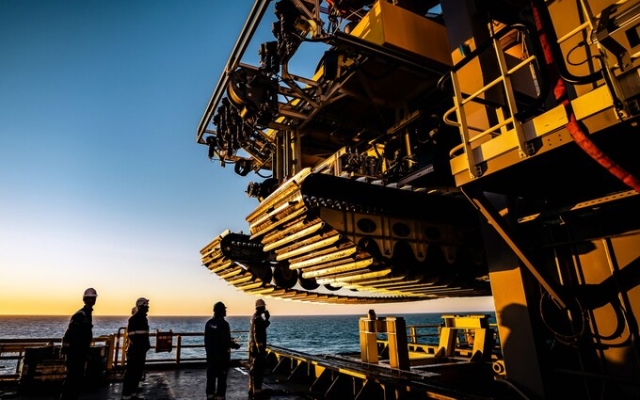 At the bottom of the ocean, there is a solution to the problem of limited resources on land. Photo: Richard Baron/The Metals Company
At the bottom of the ocean, there is a solution to the problem of limited resources on land. Photo: Richard Baron/The Metals Company
At sea level, the world's largest mountain range looks flat as a pancake.
This range of peaks and valleys, stretching for tens of thousands of miles from north to south, is longer than the Andes and the North American Cordillera, and in places higher than the Himalayas. However, few have ever seen it, let alone climbed its peaks, as the largest mountain range in the world is submerged under thousands of meters of sea water.
We are in the heart of the Atlantic ocean aboard the RRS James Cook, a research ship (RRS stands for Royal Research Ship), and somewhere under our feet is the Mid-Atlantic Ridge. The sea is rough here, the waves are over 15 feet high; trade winds rush through the water at speeds up to 50 miles per hour, rocking the ship and its crew from side to side.
When the clouds part, there is no sunbathing space on the deck of this ship, adorned with cranes and heavy machinery constantly in motion.
Among those on board, there is a special team of geologists on a special mission. During the day they operate machinery, and at nightfall they can be found examining long rock cores, examining stones. These explorers of the earth came to the sea because here, in the center of the ocean, a new land is being formed.
Bubbles from the depths
It's happening right now: as you read this, the North American tectonic plate is slowly separating from the Eurasian plate at a rate of about an inch per year: a gradual, inexorable process that began the breakup of the supercontinent Pangea. 200 million years ago. And as the two continents drift apart, the void is filled with all sorts of exciting geologic processes: volcanoes, pillow lava, hot smoking stone towers erupting from the depths.
The vast majority of them take place outside. of sight, but to understand what we are talking about, note that Iceland, the land of volcanoes, lava and geysers, is one of the few terrestrial parts of the Mid-Atlantic Ridge.
Now imagine much more of this deeply underwater, in a line that stretches across the planet — the underwater mountain range is much larger than anything on the surface.
There's a lot we don't know about what lies at the bottom of the ocean. That, in a sense, is the point of this latest mission to the Mid-Atlantic Ridge. Bram Merton, chief scientist of what they call Project Ultra, describes it as a sort of high-tech detective story.
Where the treasure lies
At the heart of the mystery is a set of conical elements about 150 meters high, discovered during a bathymetric survey of this site in the Sargasso Sea many years ago.
“Everyone thought they were volcanoes,” says Bram. «We weren't so sure.»
Shortly before the ship was due to sail in late February 2022, Russia invaded Ukraine. Much of the preparatory work was done by the Saint Petersburg team, but after the invasion, the British Foreign Office insisted that Russian scientists were not allowed on board as planned for fear of a diplomatic incident. /p>
It is no coincidence that a trip to an obscure embankment at the bottom of the sea has attracted the attention of the government. Missions like these are quickly becoming a matter of national security as they search for sources of vast wealth — a kind of 21st-century treasure underwater. And among these treasures are huge deposits of copper.
The story goes back to HMS Challenger, a former battleship on a mission to explore the ocean floor in 1872, and the strange potato-sized rocks it dug up. from the bottom of the Pacific Ocean.
These dark, slightly crumbly rocks, smooth on top, rough on the bottom, later became known as polymetallic nodules.
If you were on the bottom of some parts of the Pacific Ocean — especially the Clarion Clipperton Zone — you will see countless nodules scattered all over the seafloor.
Small rocky potatoes form over millions of years as minerals coalesce around fragments of organic material—a shark tooth or a piece of shell—that fall to the seafloor.
What's striking about them, at least from a geologist's point of view, is how concentrated these mineral deposits are: nickel, manganese, cobalt, and copper, in quantities you simply won't find on the surface.
The discovery of these nodules was the first hint of mineral treasures lying underwater, enough to satisfy humanity's raw material needs for many, many lifetimes.
One study found that there is enough gold on the seafloor for every person on the planet to have 9 pounds of the material, equivalent to $170,000 each. Another study found that actually obtaining this gold would cost more than twice as much, so don't hold your breath.
Mineral Abundance
However, to give a tangible illustration of this mineral abundance, consider the case of cobalt. — one of the most scarce metals in the world and the most important component of modern batteries (not to mention steel alloys).
2001 Composition Cars
The vast majority of the world's cobalt reserves are located in one of the world's most volatile countries: the Democratic Republic of the Congo (DRC), where mine conditions can be notoriously bad.
Cobalt too. the only important battery metal that raises such questions. We also need a lot of nickel to make many high-performance batteries, but most of the world's nickel comes from Indonesia, where pristine rainforests are often destroyed and tailings are routinely dumped into rivers and seas.
With that in mind, Here's one way to see the potential of what's underwater: There are currently about 25 million tons of cobalt resources above ground, most of which are in the DRC and Zambia. The total amount of cobalt found underwater in these polymetallic nodules and in another underwater feature called cobalt-rich crusts is 120 million tons.
Surface nickel resources are about 300 million tons. It is estimated that the Clarion-Clipperton zone alone contains about 270 million tons of nickel, but given that this is only one part of the Pacific Ocean, the total is probably much higher.
However, if we we want To fulfill our promise to eliminate carbon emissions from the world, humanity will need staggering quantities of not only these exotic battery materials, but even more copper.
2406 renewable energy sources
Copper for electric vehicles, copper for power grids, copper for solar panels and the guts of generators, copper for the thick, long cables that divert energy from wind turbines. Almost everything goes back to the red metal.
However, copper has always been secondary when it comes to what is under water, for several reasons.
The first is that we are pretty good at extracting copper from underground, which is why until recently few geologists have given much thought to the idea of a «peak copper» whereby we reach the limits of what we can or want to remove from the surface. .
Secondly, despite the fact that these polymetallic nodules are rich in copper (in fact, about 230 million tons of copper in the Clarion-Clipperton zone is enough to supply the whole world for a decade), the numbers are not as game-changing as they are for cobalt or nickel.
However, this is partly because the richest copper reserves are actually found elsewhere: in the remains of black smokers, vents that vent volcanically heated, chemical-rich water. from the seabed along submerged mountain ranges like the Mid-Atlantic Ridge.
If you cut off one of those black smokers, you'll find all sorts of materials: iron, zinc, selenium, and a crystalline ore called chalcopyrite, which may contain up to 20% copper.
Once a black smoker became inactive and collapsed, which happens after several thousand years, it leaves behind some of the richest copper ores in the world.
Although we have a fairly accurate idea of how many polymetallic nodules are likely , is located on the sea floor, no one has the slightest idea how many so-called massive sulfides are on the sea floor.
There have been attempts to quantify and extrapolate from how many black smokers you tend to find up and down the mid-ocean ridges, and they're not particularly encouraging. According to one such estimate, all the massive sulphides on the seafloor could contain approximately 30 million tons of copper and zinc.
But what if they are wrong? What if they underestimated the prevalence of these sites, not just by a few, but by many, many times?
Treasure Hunt
That's why Bram and his team came here to the middle of the ocean to explore a couple of mounds, to which most other geologists wouldn't care.
They brought with them a huge deep-water drilling rig, one of the few in the world that can withstand the pressure and stress of working at a depth of 3,000 meters below sea level. For a month, he drilled deep into the sea floor, collecting unusually long rock cores and assisting in seismic surveys of the embankments. The first results, according to Bram, «were quite remarkable.»
“The number of mineral deposits is simply amazing. I think this will completely change our understanding of how much copper is on the seafloor.”
Since research is still ongoing at the time of writing, it's still too early to tell exactly where the estimates remain. of our
resources of the ocean floor. But given that this small patch under the Sargasso Sea — an area excluded from these traditional estimates of submarine copper resources — contains tens of millions of tons of ore, chances are they could be very, very far away.
“You can easily see 20, 30, 40 times more than these estimates,” says Bram.
This could mean that deep-sea copper resources are more than a billion tons — a staggering amount, much more than all our earthly resources. Enough, of course, to supply the world with copper for many decades.
Which, of course, begs the question: what's the catch?
Journey to new frontiers
The convention center where the International Seabed Authority (ISA) meets is a bit like a Roger Moore-era James set. Bond film. There's a line of phone booths over there where Bond discreetly calls back to London before running into Blofeld's henchmen. It's a mirrored window just waiting to be smashed to escape Kingston Bay on a speedboat.
The bright wallpaper, the chairs look like sixties or seventies museum pieces, and the tables in the huge main hall are all over the place there are buttons: for intercom, for voting, for ejection seats?
That this place seems to be something of a time capsule, untouched by the outside world for decades, is entirely appropriate, as the same can be said for ISA, the United Nations agency whose job it is to manage most of the world's ocean floor by determining, who has the right to these minerals under the waves.
The rule about where ISA jurisdiction comes into play is quite simple: any piece of water that is 200 nautical miles from the coast of any country is considered part of the «high seas» — an area that, according to the 1982 UN Convention on the Law of the Sea, is «common heritage of mankind.»
I know all this because I was defiantly handed a copy when I arrived at the ISA library, from a large bookcase full of identical copies of the convention.
This turns the high seas into a kind of diplomatic and economic gray area, which means there's nothing stopping us from using it as a huge communal dump (we do) or overfishing it (we do).
So, what happens when people start trying to mine them? Can they just send in diggers and start crushing and blowing up?
Are there any restrictions on loot or, as with the fish trade, is it essentially the Wild West? These questions have taken on a special poignancy these days, given that underwater technology is currently adequate enough to do such things.
For a long time, deep sea mining was considered a pipe dream. The business case has yet to be proven, but no one doubts it can be done physically anymore.
Indeed, many wonder if some of the more secretive resource-driven nations, such as China and Russia, are not already calmly doing it.
2406 resource-rich China
All of this puts the ISA in an uncomfortable position, since it is ultimately assumed to be responsible for everything, and the vast majority of known resources — these polymetallic nodules, crusts and smokers — lie under the open sea. This obscure institution is the main thing that stands between the angry end of a deep sea rig and the common good of mankind.
Yet, when you visit its run-down offices adjoining a 1970s convention center, you hardly feel like you are at the forefront of the global race for resources. Instead, it just seems a little… empty.
The defining goal of the ISA is that we all benefit in one way or another from this journey to new frontiers. If and when mining finally begins, every country mining on the high seas will have to share its royalties with every other country in the world, respecting the «common heritage of mankind» clause. Again, whether we will get there anytime soon is an open question.
For years, mining operators have watched and waited from the sidelines as the ISA slowly develops a set of mining rules. These rules, whenever they are approved, will be an effective starting gun, allowing companies to start deep sea mining in the open sea.
For some, the gun won't fire fast enough. Gerard Barron, who seems to want to position himself as the Indiana Jones of the Deep Sea — all in a leather jacket and designer stubble — is causing controversy as he first cut his teeth in one of the first failed attempts to mine the oceans through a company called Nautilus.
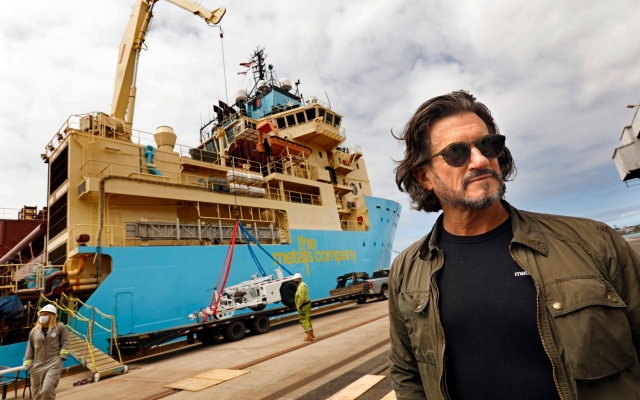 «Indiana Jones of the Deep» by Gerard Baron. By: Caroline Cole/Los Angeles Times via Getty Images
«Indiana Jones of the Deep» by Gerard Baron. By: Caroline Cole/Los Angeles Times via Getty Images
It was planned to mine sulphides and marine sediments off the coast of Papua New Guinea, but ended up going bankrupt after relations with the government soured.
< p>Barron is hoping for the best with his next vehicle, formerly called DeepGreen but later renamed The Metals Company.
The plan is to mine polymetallic nodules in the Pacific Ocean allotment for the island nation of Nauru. Copper, nickel, cobalt and manganese, he says, will facilitate the energy transition.
Conversations with Barron include dodging a barrage of missed names (“Yes, Elon is interested… I told Leo Hollywood has to adjust to this… Lewis wanted to do something, but F1 isn’t ready yet…'), but adapt to them, and there is certainly something exciting about the dream he sells.
< p>“This is the last great booty,” he says. “We need to produce batteries, but after that they are recycled; it's a circular economy.
“We don't think we're selling metals; we want to rent them. We want to support brands that use recycled metals. Our position is: let science speak.”
To this end, the company has sponsored a peer-reviewed study that shows, among other things, that while a kilogram of copper mined from a conventional mine generates 460 kilograms of waste, a kilogram of copper mined from polymetallic nodules generates only 29 kilograms of waste. waste.
It's a seductive concept: no more big holes in the ground; there will be no more huge piles of stones that bury nearby cities; tailings are practically not formed with such concentrated ore.
The steel company would simply send its autonomous vehicle to the sea floor to vacuum up those little nodules and pump them out to the surface—without blasting or excavating. Indeed, you could prove that mining copper or, for that matter, cobalt or nickel from the deep sea is the most sustainable mining of all.
 A steel company sends autonomous vehicles to the seabed that deliver nodules to production ships. Photo: Metallurgical Company
A steel company sends autonomous vehicles to the seabed that deliver nodules to production ships. Photo: Metallurgical Company
But, of course, there is a catch: a huge catch. Despite Barron's push for early deep sea mining, pushing the ISA to publish its rules as soon as possible, countries around the world are moving in the opposite direction.
Environmental implications
In 2022, Chile. , which is also tightening its national copper mining regulations, has called for a moratorium on deep sea mining until it is sure of the environmental impact. Fiji, Palau and many other countries joined him.
French President Emmanuel Macron called on UN members to «create a legal framework to stop mining on the high seas.»
Given that Chile, France and Fiji is part of the main political body of the ISA, its meetings in Jamaica, long dismissed as a footnote in international diplomacy, threaten to become truly dramatic events.
There is a real chance deep… Offshore mining can be effectively banned before it even starts.
And one can understand this caution. The seabed is one of the most untouched habitats on the planet, but we know less about it than about almost any other ecosystem.
One way or another, human intervention is bound to cause ecological consequences.
Among the territories allocated by the ISA to various governments is a 3,900-square-mile section of the Mid-Atlantic Ridge assigned to Poland that might seem unremarkable were it not for the formation right on the side of a sea hill at its heart: the area known as the Lost a city, an extraordinary collection of eerie white chimneys emerging from the darkness that spontaneously create hydrocarbons, the building blocks of life.
ISA has identified this unusual set of stone cathedral spiers — the key to life itself, the only known example on the planet — as a site for deep-sea mining. This is somewhat staggering: not so long ago, UNESCO, the UN agency in charge of protecting the wonders of the world, announced that it should be a protected World Heritage site, along with the Grand Canyon and the Taj Mahal.
Instead, a sister agency The UN has turned it into a mining site.
In practice, no one expects Poland to destroy the Lost City; among other things, there are no valuable metals in these high white towers. And mining companies say that sending reconnaissance vehicles into the depths means we are likely to discover more of these amazing deposits.
They say the race to mine the depths should actually improve our understanding of these formations. and ecosystems. However, it's hard not to be nervous about these new frontiers in the mining industry.
This is an excerpt from The Material World: The Essential History of Our Past and Future, published by WH Allen and priced at £22
p>. p>


















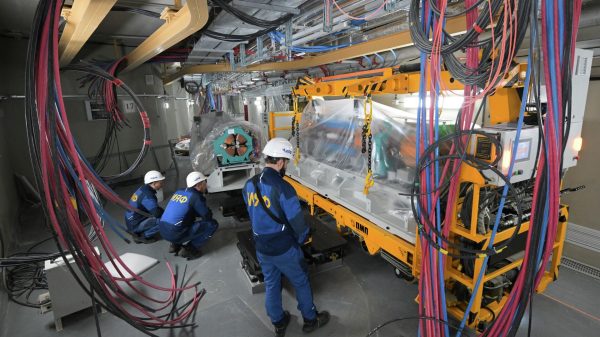
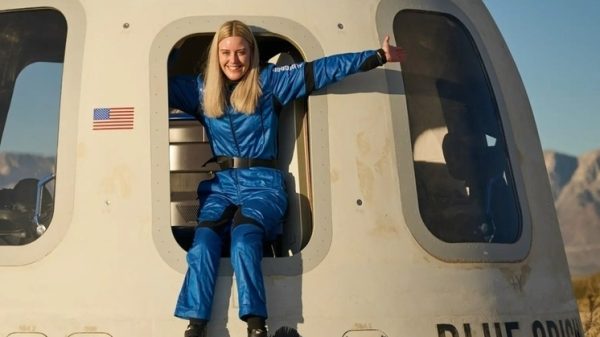
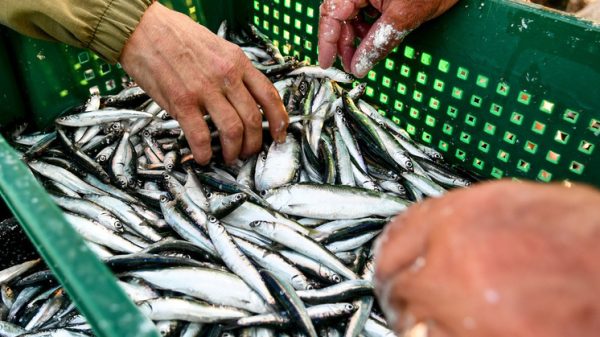









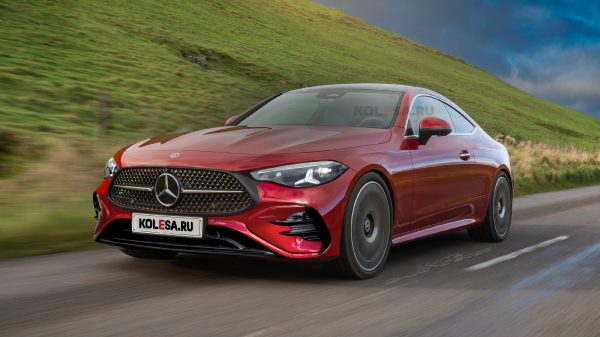



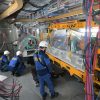



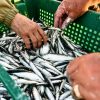













Свежие комментарии